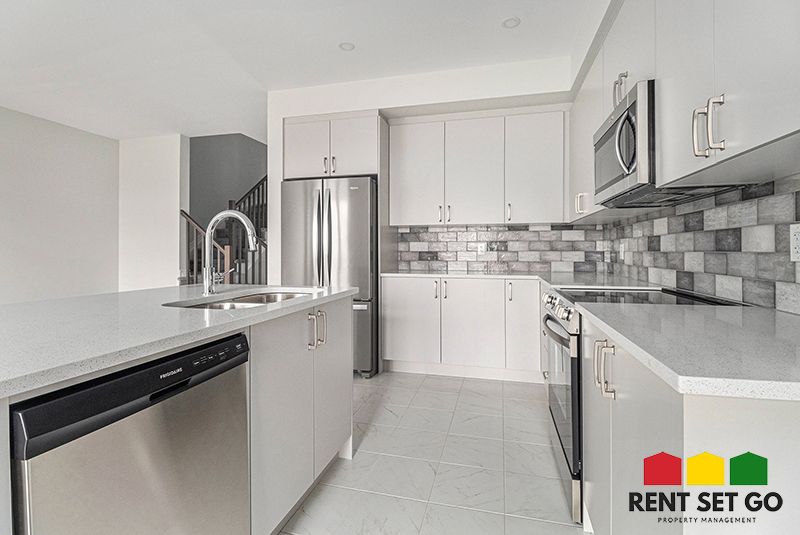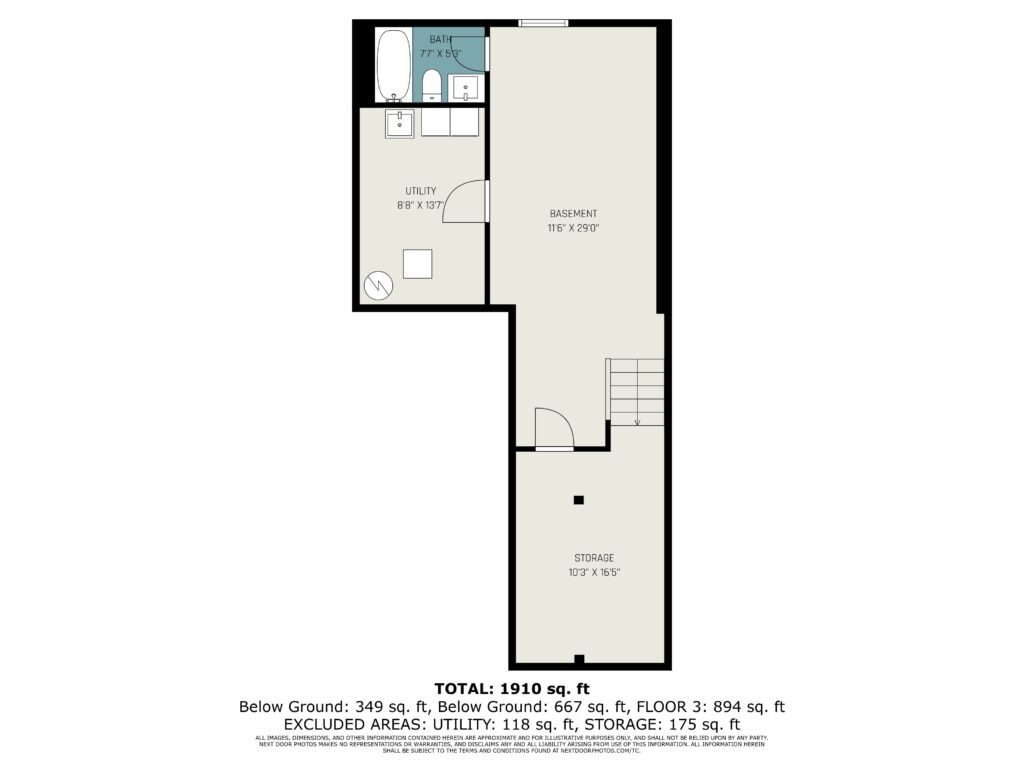Owning rental property in Canada as a non-resident can be a lucrative investment, but it comes with specific tax obligations that must be carefully managed to avoid costly penalties. One of the most critical requirements is understanding and complying with the Canada Revenue Agency’s (CRA) withholding tax rules. For non-resident landlords, this involves a 25% withholding tax on the gross rental income earned from Canadian properties. This tax can significantly impact your profits if not handled properly, but there are strategies available to help reduce this burden. In this guide, we will explore the essentials of CRA’s withholding tax requirements, including how you can use Section 216 to lower your tax liability, and provide actionable steps to ensure compliance with these regulations.

Understanding the 25% Withholding Tax: What It Means for Non-Resident Landlords
The Canada Revenue Agency (CRA) imposes a 25% withholding tax on gross rental income earned by non-residents from Canadian properties. This tax is applicable to the total rental income before any deductions for expenses, which can significantly impact your overall earnings if not managed properly. The withholding tax is required to be remitted monthly by the person or entity paying the rent, typically the tenant or a property manager acting on your behalf.
This tax is not just a minor detail; failure to comply with the CRA’s withholding tax requirements can lead to severe consequences. Non-resident landlords who neglect to remit the appropriate tax may face penalties, interest charges, and even legal action. Therefore, it’s essential to understand these rules and ensure that the correct amount is withheld and sent to the CRA on time.
One of the key challenges non-resident landlords face is the gross nature of the withholding tax. Since the tax is calculated on the full rental income without considering expenses, it can feel like an excessive burden, especially if your rental property has significant maintenance costs, mortgage interest, or other expenses. Fortunately, the CRA provides an option to reduce this tax burden through Section 216, which allows non-residents to file a tax return and potentially reclaim some of the withheld tax by deducting eligible expenses.
Section 216: How Non-Resident Landlords Can Reduce Their Tax Burden
For non-resident landlords facing the 25% withholding tax on gross rental income, Section 216 of the Canadian Income Tax Act offers a valuable opportunity to reduce your tax liability. Instead of accepting the high tax rate on gross income, Section 216 allows you to file a Canadian income tax return to report your net rental income—gross income minus eligible expenses. This option can result in a significantly lower tax bill, as the tax will be calculated on your net income rather than the total rent received.

Understanding Section 216
When you choose to file under Section 216, you’re essentially electing to pay tax on your net rental income instead of the gross amount. This filing must be done annually, and it requires you to report all rental income and associated expenses. Eligible expenses that can be deducted include:
- Mortgage interest
- Property management fees
- Repairs and maintenance costs
- Insurance premiums
- Property taxes
- Utility costs
By deducting these expenses from your gross rental income, you may find that your taxable income is much lower, leading to a reduced overall tax obligation.
The Process of Filing Under Section 216
To take advantage of Section 216, you must notify the CRA of your intention to file a tax return. This can be done by submitting the appropriate forms, such as the NR6 form, before the first payment of rent for the year. The NR6 form allows you to request that the withholding tax be calculated on your estimated net rental income rather than the gross amount. If approved, the withholding tax will be reduced accordingly.
At the end of the year, you will need to file a Section 216 return, which involves completing and submitting the T1159 form along with your detailed income and expense records. If your actual net income is less than what was withheld, you may be eligible for a refund from the CRA.
Benefits of Filing Under Section 216
The primary benefit of electing to file under Section 216 is the potential to pay less tax. Since the tax is calculated on your net income rather than your gross income, landlords with significant expenses can greatly reduce their tax burden. Additionally, this method ensures you are only taxed on the profit you actually earn, making it a more equitable solution for non-resident property owners.
However, it’s essential to keep accurate and detailed records of all income and expenses related to your rental property. This documentation will be necessary when filing your return and in case of any CRA audits or inquiries.

Steps to Ensure Compliance with CRA’s Withholding Tax Requirements
Compliance with the Canada Revenue Agency’s (CRA) withholding tax requirements is crucial for non-resident landlords to avoid penalties and interest charges. Navigating these obligations might seem daunting, but by following a structured approach, you can manage your responsibilities efficiently. Here’s a step-by-step guide to help you stay on top of your withholding tax obligations:
1. Appoint a Canadian Agent or Property Manager
One of the first steps to ensuring compliance is appointing a Canadian agent or property manager who can handle the tax remittance on your behalf. This individual or entity will be responsible for withholding the 25% tax from your gross rental income and remitting it to the CRA. Having a reliable agent can simplify the process and ensure that all deadlines are met.
Contact us to discuss the management of your rental property here in Canada.

2. Submit the NR6 Form to Reduce Withholding Tax
If you anticipate that your rental expenses will significantly reduce your net income, consider filing the NR6 form with the CRA. This form allows you to request that the withholding tax be calculated on your estimated net income instead of the gross amount. The NR6 form must be submitted and approved by the CRA before the first rent payment of the year. If approved, your withholding tax will be lower, reflecting the anticipated deductions.
3. Remit Withholding Tax Payments on Time
Timely remittance of the withholding tax is crucial to avoid penalties. The person or entity responsible for withholding the tax must remit it to the CRA by the 15th day of the month following the month in which the rent was paid. For example, if the rent is paid in January, the withholding tax must be remitted by February 15th. It’s essential to establish a routine for these payments to ensure they are never missed.
4. Keep Detailed Records of Income and Expenses
Accurate record-keeping is vital for both compliance and potential tax savings under Section 216. Maintain detailed records of all rental income, including payment dates and amounts, as well as all expenses related to the property. These records will be necessary when filing your Section 216 tax return and in the event of a CRA audit. Organized documentation will also help in accurately estimating net income for the NR6 form.
5. File Your Section 216 Tax Return Annually
At the end of the year, you must file a Section 216 tax return if you opted for this election. This return allows you to report your net rental income and claim any eligible deductions. The deadline for filing is June 30th of the year following the rental income year. Ensure that all necessary forms, including the T1159, are completed accurately and submitted on time to avoid late filing penalties and interest.
By following these steps, you can effectively manage your CRA withholding tax obligations, minimize your tax burden, and ensure compliance with Canadian tax laws.

Strategies for Managing and Minimizing Your Withholding Tax Obligations
As a non-resident landlord in Canada, managing and minimizing your withholding tax obligations can lead to significant savings and ensure that your investment remains profitable. Here are some strategies to help you reduce your tax burden and stay compliant with the CRA’s requirements:
1. Leverage Section 216 to Optimize Tax Deductions
The most effective way to minimize your withholding tax is by filing under Section 216, as discussed earlier. By doing so, you can claim various expenses that directly reduce your taxable income. Make sure you are fully aware of all eligible deductions, including mortgage interest, property taxes, insurance premiums, and repair costs. Keeping meticulous records of these expenses will enable you to maximize deductions and minimize your net taxable income.
2. Regularly Review and Adjust Your NR6 Form
If you have filed an NR6 form to have your withholding tax calculated on estimated net income, it’s important to regularly review and adjust this estimate if your income or expenses change. This can help you avoid overpaying or underpaying taxes throughout the year. Regular reviews ensure that your estimated net income remains accurate, reflecting any fluctuations in rental income or unexpected expenses.
3. Invest in Property Improvements Wisely
While it’s tempting to make significant improvements to your rental property, consider the timing and tax implications of these expenses. Some improvements may qualify as capital expenditures, which can be deducted over several years, while others may be fully deductible in the current year. Plan your property investments carefully to maximize their tax benefits under Section 216.
4. Consult with a Canadian Tax Professional
Navigating CRA regulations and optimizing your tax strategy as a non-resident landlord can be complex. Consulting with a Canadian tax professional who specializes in non-resident taxation can provide valuable insights and help you develop a tax strategy tailored to your specific situation. They can assist with filing the necessary forms, ensuring compliance, and identifying additional opportunities for tax savings.
5. Stay Informed About CRA Regulations and Updates
Tax laws and regulations can change, and it’s crucial to stay informed about any updates that may affect your obligations as a non-resident landlord. Regularly check the CRA’s website for the latest information on withholding tax rules, deadlines, and forms. Subscribing to newsletters or updates from tax professionals can also keep you informed about relevant changes that could impact your tax strategy.
By implementing these strategies, you can effectively manage your withholding tax obligations, minimize your tax burden, and ensure that your Canadian rental property remains a profitable investment.
Navigating the Canada Revenue Agency’s (CRA) withholding tax requirements can be challenging for non-resident landlords, but with the right knowledge and strategies, it’s possible to manage your tax obligations effectively and even reduce your tax burden. By understanding the 25% withholding tax on gross rental income and leveraging options like Section 216, you can ensure that you’re only taxed on your net income, helping to preserve your profits. Regularly reviewing your tax strategy, staying informed about CRA regulations, and seeking professional advice are key steps in maintaining compliance and optimizing your tax situation.
Owning rental property in Canada can be a rewarding investment, but it requires careful attention to tax obligations. By following the guidelines and strategies outlined in this guide, you can navigate the CRA’s withholding tax requirements with confidence and focus on the success of your rental property.
